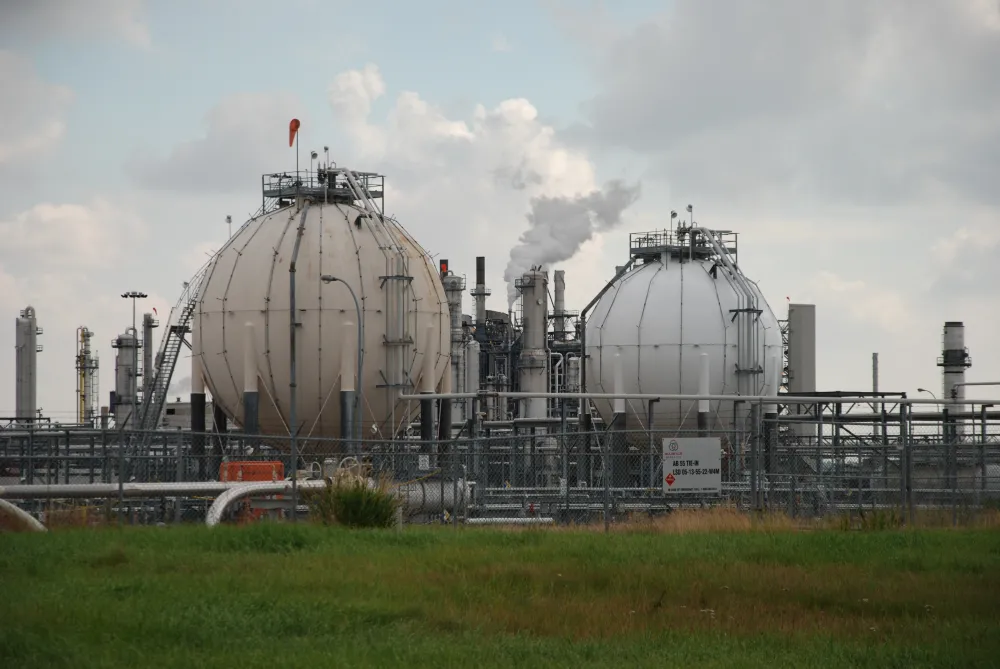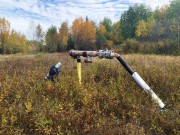Environmental Defence Canada has released a new analysis of a report on Alberta’s oil and gas methane emissions, revealing that actual emissions from the sector are significantly higher than industry reported. Further, the analysis finds that mitigation technologies that are available and can be installed easily and cheaply to reduce methane releases are very poorly deployed. The findings underscore the need for governments to work harder to ensure industry puts an end to methane leaks, which are both harmful to the environment and wasteful.
Environmental Defence’s analysis of the GreenPath Ltd survey — which was commissioned by the Alberta Energy Regulator (AER) — represents the most up to date assessment of real world methane emissions from Alberta’s oil and gas industry. The GreenPath study surveyed 395 individual facilities operated by 16 oil and gas production companies in Alberta, with 676 oil and gas wells. The survey included a representative sample of Alberta’s oil and gas sector, from large to mid-sized companies and those located across six geographic regions.
The conclusion of the Environmental Defence review of the research is troubling. The oil and gas industry is underreporting methane emissions in Alberta by a significant amount — equivalent to the annual emmissions of 9 million cars.
These results provide an important understanding of how substantial the methane emissions from Alberta’s oil and gas sector are and how critically we need the federal and provincial governments to finalize new oil and gas methane regulations to control this problem. Both the Alberta and federal governments have committed to reduce methane emissions from the oil and gas sector by 40-45% by 2025. The analysis clearly illustrates that Canada has a larger methane problem than we thought and we need greater reductions if we’re going to meet these targets.
We should expect our governments to enact strong methane regulations. It should be a basic requirement that industry use all readily available cost-effective technologies and check for leaks at their facilities at least four times per year. This frequency ensures we prevent gas from being wasted, performs a critical function in acquiring better data about real field performance and verifies that industry is fixing the leaks it identifies. Governments must implement strong regulations based on what is technically achievable today, and remain committed to improve policies as the accuracy of methane measurement improves.
Finally, in the context of Alberta, instead of applying the carbon levy to the oil and gas sector’s methane emissions, the AER will continue to be responsible for managing Alberta’s methane emission regulations. However, as Environmental Defence’s analysis illustrates, the AER’s current approach has failed to create robust and accurate reporting. The AER will have to significantly change the way in which it collects data. Also, to ensure the oil and gas industry is measuring methane leaks properly and complying with the new regulations, the AER must improve industry auditing and surveillance in order to be seen as credible, and to ensure real emission reductions.
Methane is a potent, fast-acting greenhouse gas responsible for a quarter of the warming we experience now, yet it’s also one of the simplest and most cost-effective to tackle. Canada’s 2025 reduction target is within reach, but we won’t get there without regulations that hold industry accountable for their contribution to global climate change.






